By Andrew Siyabalawatte and Sumaiya Farheen, March 2024.
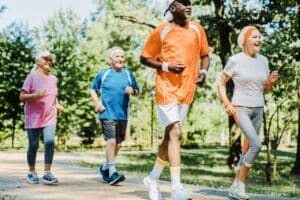
As a runner myself, and an osteopath who is concerned about other runners, this is the latest “unbiased” guide any budding runner or prime time runner should read (in my humble opinion).
So to start, lets begin with the hips.
The Hips Need To “Give”

In the first mile, we all feel that sluggish start to our run, the seemingly ataxic scamper as we try to gather movement to make our limbs coordinate. Why does this happen? well, sitting for hours on end, tightens the hip flexors. Thus, going for a run requires voluntary contribution from its antagonist, the glutes.
It’s Ok To Pause, Stretch and Resume
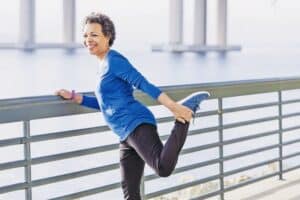
While a proper warm-up is recommended before a run, stretching in the early stages of getting going is acceptable. Feel what is a bit tight, stretch it and then resume. While not encouraged to do this regularly, it can help you feel that you are able to gather a bit more speed.
You Have Momentum
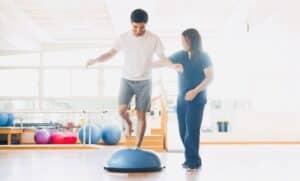
Gathering momentum is not easy, but once you have “hit that wall and then climbed over”, your unstoppable. Having momentum is like having a friend running beside you, ready to carry you if required. Though to gain momentum, you need to get passed the hard stuff. Instead of fighting your mind, run in intervals, a minute at a time, increasing it gradually until your in a flow.
The Sweet Spot
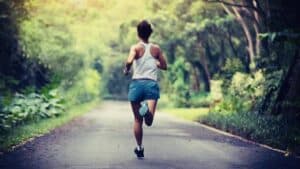
You are now into your rhythm, striding well and building your aerobic endurance, your in the sweet spot. Though, there is another sweet spot I an referring to, Sweet Spot Training (SST). SST is a type of training contains intervals at 88-94% of your Functional Threshold Power (FTP). This type of work achieves positive physiological adaptations because it is the optimal balance of difficulty (intensity) and amount (volume). In simple terms, you can run harder and longer.
Overcorrecting Your Run Can Be Dangerous
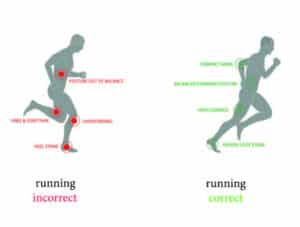
Overstriding and Heel Strike. Overstriding does your back by doing your hamstrings. Probably the biggest cause of injury in runners. The heel is the strongest part of the foot, so if there is an “optimal” place to land the foot, it is there. Though, overthinking your foot position as you land or if your using your “toe off” efficiently enough, can lead to injury. Awareness and control is enough.
The Trail and Road Running Shoe Of Choice (For Me)
Its not easy to find that running shoe that allows you to break in almost immediately, but if such a shoe existed, the ” On Cloud Cloudstratus ” may just be the one. Featuring enough cushion and comfort to meet the rugged demands of the trail, yet lightweight and ‘swift’ enough at getting you across the town on the road.
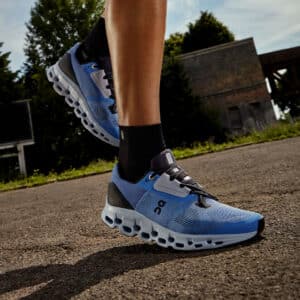
The arch support in this shoe during running, especially for those concerned with dropped arches, is particularly good at maintaining the foot position from initial contact to midstance, where your load distributes through one leg as your body aligns itself, ensuring optimal support and weight distribution.
The Knees Are Your Brakes
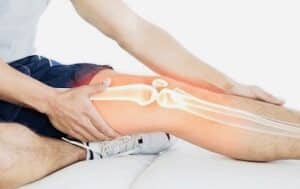
Whilst we are against the notion “Keep pounding the pavement and you’ll destroy your knees”, on a similar note, what happens when the brake pads on a car wears?
Your knees work much like the brake pads, constant shock absorbing, stabilising and transmitting weight to the feet. They will require replacement at some point unless they receive proper care.
The correct running technique, respect, proper care and attention to your whole body will do just this, irrespective of your age.
The Calf Muscles Are Married To Your Bottom
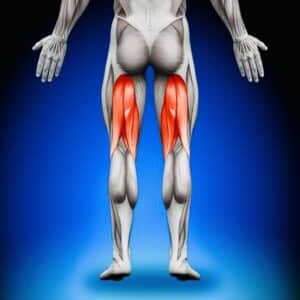
The calf muscles (gastrocnemius and soleus) are power plantar flexors of the foot that connects to the achilles tendon. Though the more superficial gastrocnemius muscle is more supported as it crosses at the knee joint, whereas the soleus muscle acts a bit more independently. If it is functionally weak, walking, running and jumping can become a serious problem.
Why may the soleus muscle be functionally weak you might think? Well, it requires slightly different training from the gastrocnemius as it does not directly connect to the knee. Therefore, undertraining, fatigue, and weakening can occur over time.
The tibial nerve (which supplies the calf by branching off the sciatic nerve at the level of the knee – runners will know this) is in very close proximity to the calf muscles. The next muscle further up the leg in close proximity to the origin of the tibial nerve, the sciatic nerve, is the piriformis muscle located in the bottom.
Happy Ending

Running embodies everything our body was designed to do. Move. The health benefits are countless. You just need to do it right, just like anything else.

